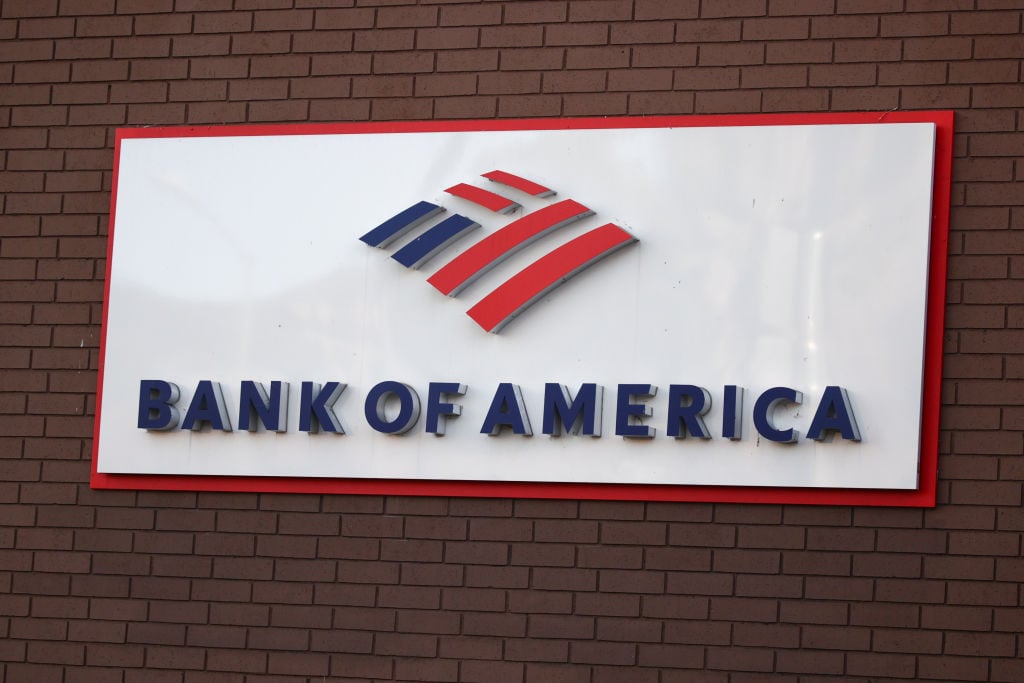When the Federal Reserve was founded in 1913, most other industrialized countries around the world had already operated central banks for generations. The Riksbank was founded in 1668, for example, and the Bank of England in 1694.
Given this, what was it about the United States that caused it to be so late to this party? Best-selling author Roger Lowenstein explains it in the latest episode of Industry Focus: Financials. The author of America's Bank, a history of the Fed's founding, Lowenstein sat down with The Motley Fool's Gaby Lapera and Fool contributor John Maxfield to walk listeners through the history of the central bank.
A full transcript follows the video.
This podcast was recorded on July 11, 2016.
Gaby Lapera: I was talking to my friend last night, and I asked him to guess when he thought the Federal Reserve in its current form had been created, and he said post-Civil War. And this really gets to an interesting point in your book, which is that central banking is something that has existed in other countries for centuries. The Riksbank -- which is the central bank of Sweden -- was founded in 1668. The Bank of England was founded in 1694. This pressure against centralization is something that's been very central to the United States, and has been pushing against Federal Reserve ever since.
Roger Lowenstein: That's right, Gaby, you're right up on your history with the examples of Sweden and England. The same is true for other countries in Europe. We have had this political fear of centralization. I've said in the book, and think that it really goes back to our history as a people, after all, whose formative political experience was rebellion against the central monarch, King George III. That's our founding political story, that's our political Thanksgiving. Even though that was so many years ago, when you think about the way the country developed, always pushing west, I think the people of the frontier always tended to look back on Washington, New York, Philadelphia, and Boston, so on, similar to the way the early colonists looked on the British king, that this centralized power, these East Coast elites, weren't quite to be trusted. They didn't want to give up too much power themselves.
You see this in the very strong movement today, the Tea Party wing of the Republican Party. You saw it early in the country's history in things like the Shays' Rebellion, the Whiskey Rebellion, the settlers in Western Pennsylvania and Western Virginia, which was out West back then -- they didn't want to pay taxes to Washington. In other countries, national healthcare is just sort of something you do. People don't really think about it much. In this country, obviously, it's a very unsettled, difficult issue. Other countries have one system of corporation rules, we have 50, one in every state.
It's not a coincidence, by the way, that the idea for the central bank in the United States really began with the Europeans. One of the heroes of the book, Paul Warburg, who came to this country, a German who emigrated here, and was a banker, couldn't believe that we didn't have a central bank. In his analogy, it was like a town without a water reservoir, with everybody having a little well in their backyard. That obviously wouldn't do it if you had, say, a three-alarm fire. There are reasons why you need to unify the banking reserves and martial them into a more effective resource. But, what other countries take for granted, there's a political segment here that has always kept a very wary eye. That's why, for instance, other countries have one central bank, and we have a central banking apparatus in Washington, we really have 12. We have a bank in Philadelphia, we have one in Richmond, and one in St. Louis, and those 12 banks around the country. The idea there was to mimic the federal organization of the government itself.





